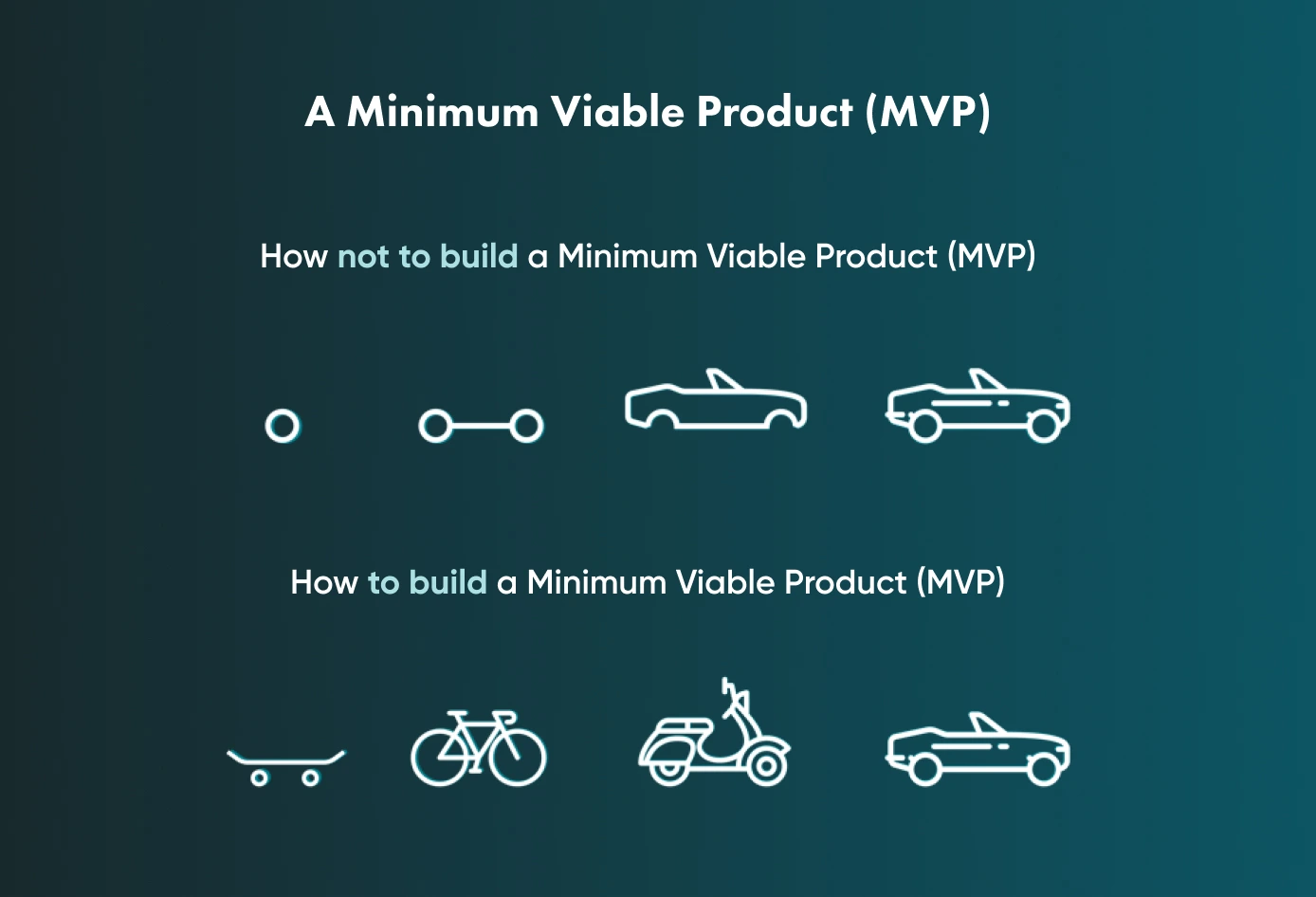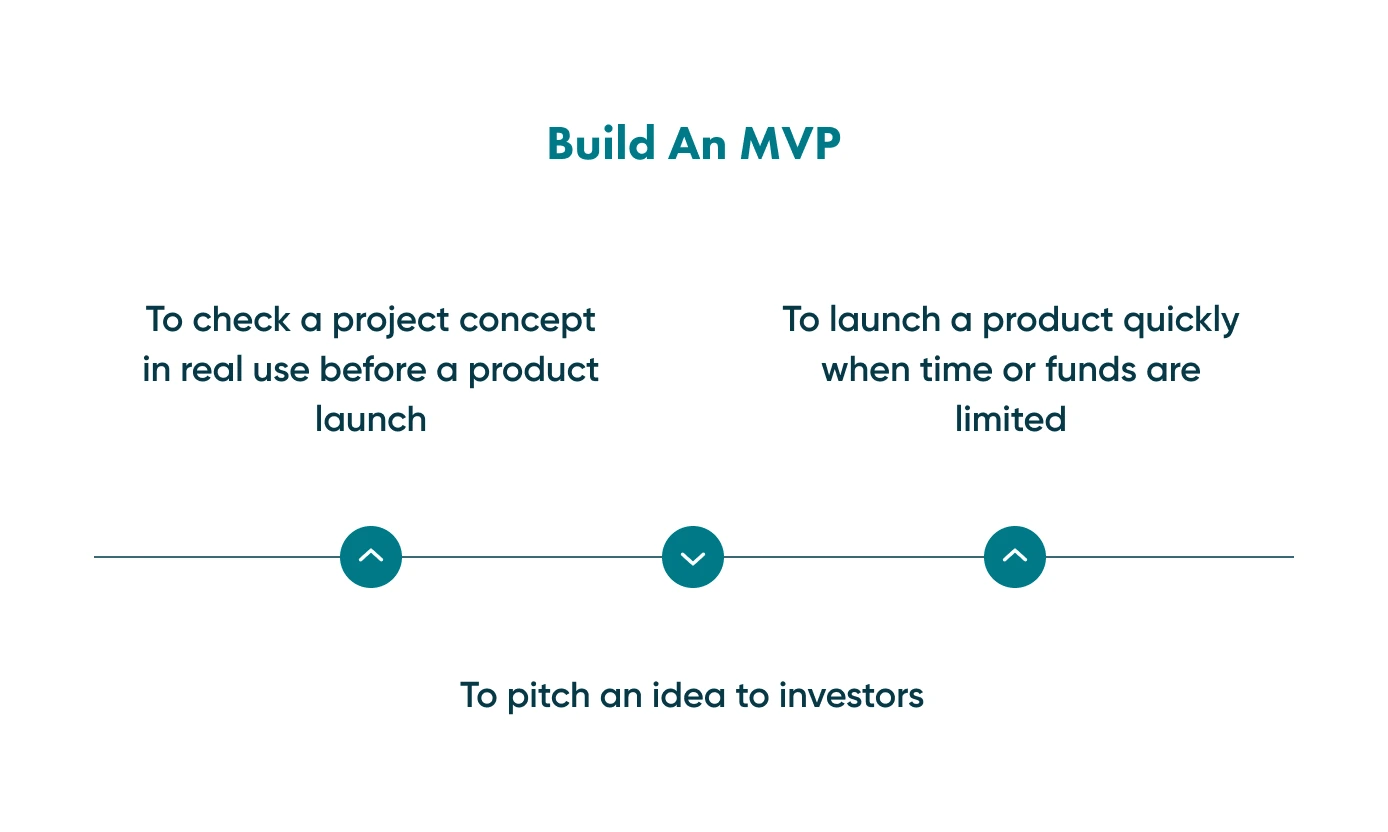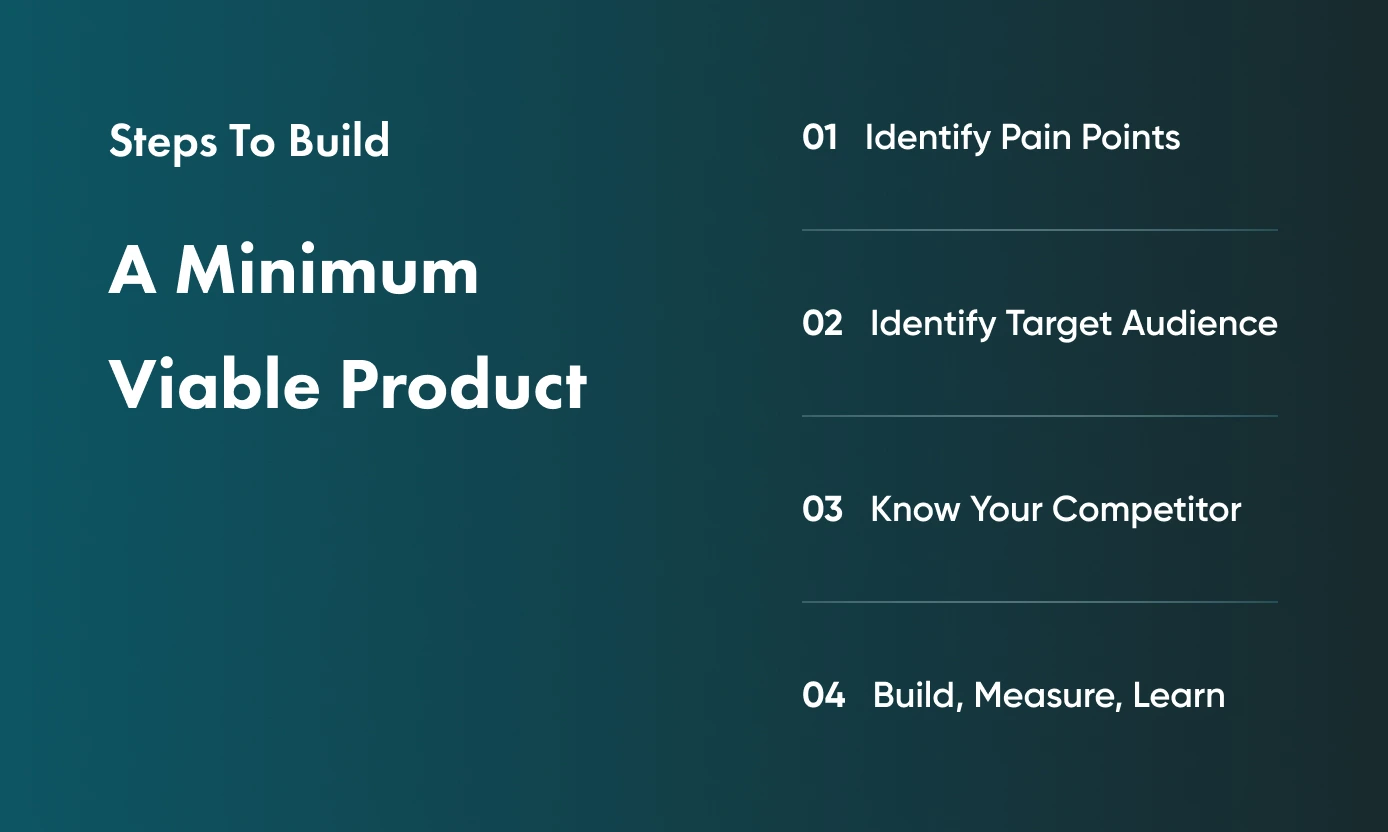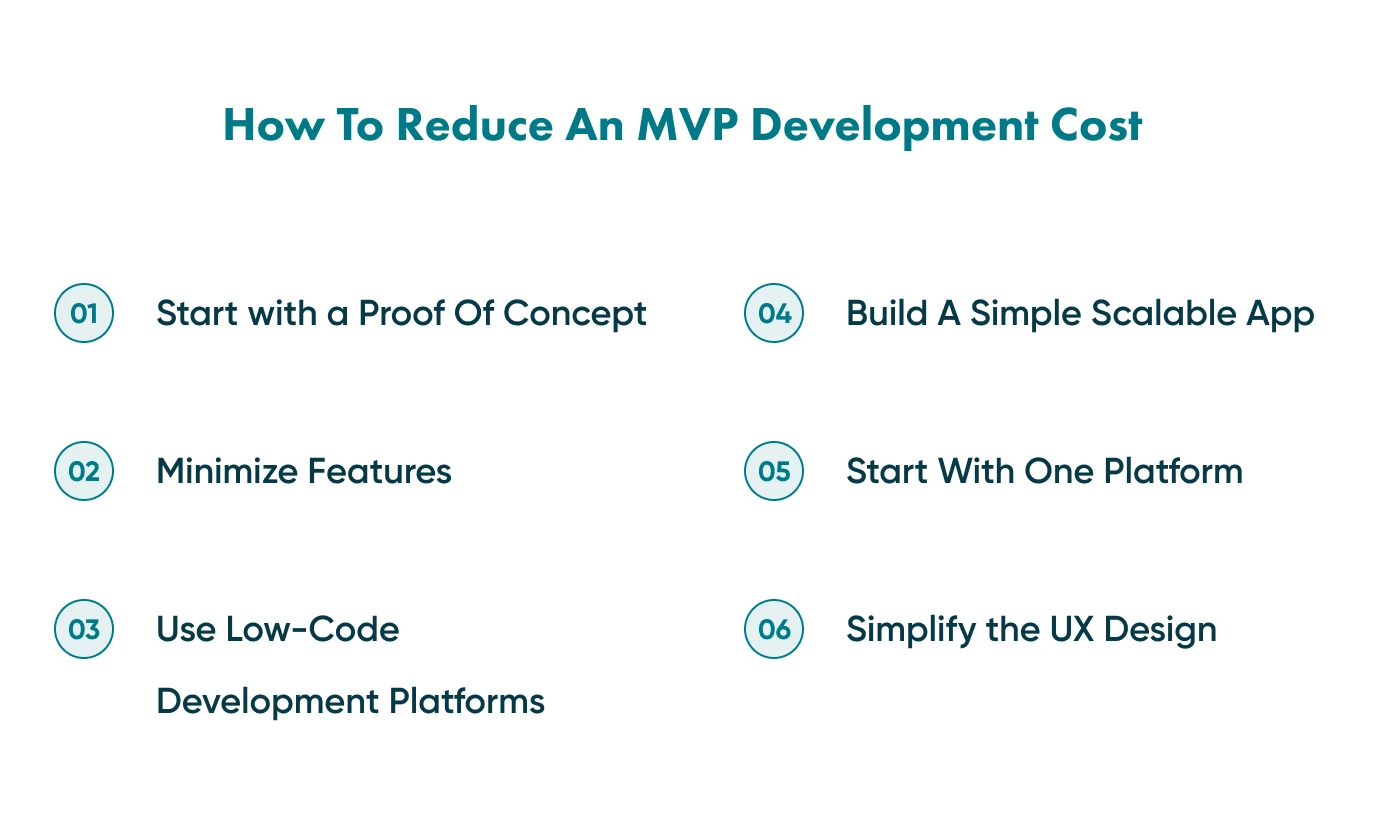How to Reduce MVP Development Costs


The software market is vast. When it comes to developing and bringing into operation a brand new product, speed can be of the essence where there is a competitive market. Developers can develop quickly a Minimum Viable Product (MVP) to obtain feedback from users and identify problems or blind spots in the software. This approach protects the overall budget.
This article explains how the custom software development costs of an MVP can be reduced.
The MVP Approach
An MVP helps test working hypotheses and obtain customer feedback. Some companies spend years finding out that their concept or idea doesn’t work; a common reason for startup failure is a lack of market demand. An MVP allows a company to determine whether a product concept will be attractive to the market or needs adjustment. It is a real product for customers to test.

It can be presented as a prototype, a landing page, a simple concept or an app with a basic feature set. It can then be upgraded according to customer preferences. It helps companies create the products people really need. An MVP minimizes time and effort spent on the validation of the concept and avoids wastage on unnecessary full product development.

Build an MVP with a Go Wombat — contact us!
Benefits of an MVP
The key benefits of minimum viable product development are:
Reduced Costs
It is unnecessary to spend money on complex software development that won’t capture users’ attention. Instead, a product with a limited number of features will be sufficient for evaluation by potential customers.
Pitch to Investors
An MVP can be used as an attractive presentation for potential investors. It is usually better to have at least an active ‘clickable’ prototype.
Faster Release
It is crucial that the new product reaches the market before any rivals. A simple MVP can be built in just a few weeks, depending on the type.
Iterations
The development team creates a plan and makes a product which is then tested. After release, user feedback is reviewed. Iterations – systematic repetition of small cycles of the software development process – ensure an efficient path towards the final product.
Customer Needs
It is essential to know the demands of the target audience. Building an MVP for startups includes the identification of the key pain points of future customers. Market validation is a significant advantage; software can then be adjusted and scaled to fit the requirements.
Reduced Errors
When building an MVP for startups, functionality is kept basic without complicated software and complex features: the fewer features included in the software, the faster the coding process. Less code means fewer errors.
Lower Risks
Creating an MVP means taking fewer financial and time risks. The proof of concept is tested early; if it doesn’t fit the market, it can be adjusted or rebuilt before too much money and time have been expended.
Early Monetisation Strategy
The monetisation method helps startup owners gain revenue. An MVP enables an early determination of the most suitable monetisation type for the software.
How To Build A Minimum Viable Product
There are some key points in building an MVP:

Pain Points
It is crucial in developing the concept to understand the needs and demands of the eventual user. Clear aims are needed along with good market research. The development team needs a clear briefing on the product concept. Pain points can include issues with: communication, clarity of requirements, cost estimates, quality assurance, release dates, and allocation of responsibility.
Target User
The target audience must be clear and the requirements of target users need to be identified so that an appropriate product is presented.
Competitor Analysis
Competitor analysis, including strengths and weaknesses, is essential to determine how to outperform them. Even if a product is brand new, without competitors, it is still crucial to release the product within the shortest possible timeline.
Measurement
After building an MVP, its effect can be measured using primary sales metrics such as Average Revenue Per User or Customer Acquisition Cost. Metrics provide useful insights on product accessibility and perception by the user and guide future development strategies.
Consult an experienced development company – get in touch with Go Wombat.
Unlock Success with Premium Software Development
Contact us


Reducing The Cost Of Software Development
Protecting the budget and having a decent product is not always synonymous; however, certain steps can be taken to reduce the MVP price:

Start with a Proof Of Concept (PoC)
If the initial budget is very tight, a PoC can be created before commissioning an MVP. Go Wombat can create light and straightforward software that implements just a single function. A PoC will be sufficient for an initial presentation to investors.
Minimize Features
The cost of software engineering will be lower if features are kept to a minimum. Developers will spend less time creating it and it will be released earlier. Although an MVP by its very name implies a minimum number of features, it is important that it has the right ones. Go Wombat can analyse the product, the market, and the demands so that the essential functions are included in the MVP. This functionality will be sufficient for launching the app, testing a sample group of target users, and pitching for additional investment.
Use Low-Code Development Platforms
There is a new technology which allows developers to use special platforms to write fewer code lines. Go Wombat has already used the ‘Airtable’ platform in support of a startup client. Low-code development reduces time and cost but it cannot yet replace the conventional software development approach for complex technical applications.
Start With One Platform
Depending on the requirements, both a web and a mobile application might eventually be needed. However, it is better to start with one platform, test the MVP and, if everything goes well, add more platforms. Go Wombat can create a web application first or build a hybrid mobile application. The hybrid app uses a single code base but is compatible with both iOS and Android. At Go Wombat, we use React Native to develop hybrid mobile apps and Python for web app development.
Build A Simple Scalable App
An initial app should have basic functionality and present the principle idea to users. If it is built as scalable, developers can later upgrade it easily. This can be achieved with cloud services such as AWS, OVH, Heroku, Microsoft Azure or Digital Ocean. Go Wombat uses mainly AWS and OVH for cloud-based software development. These are user-friendly services with many helpful features for developers. Building a complex app with dozens of features from the start of the project is unnecessary and risky.
Simplify the UX Design
First impressions are important and an MVP’s design should be attractive yet straightforward. It should be intuitive for users and allow easy navigation through the app. The design and colour spectrum should be appropriate and user-friendly. Good UX design doesn’t need to be expensive.
Outsource
Using a quality IT contractor like Go Wombat is cost-efficient and gives access to a large talent pool and flexible pricing. We can find the right solution for each specific project. For more on the benefits of outsourcing, read our article on outsourcing.
For an efficient and effective MVP — contact Go Wombat
How can we help you ?






